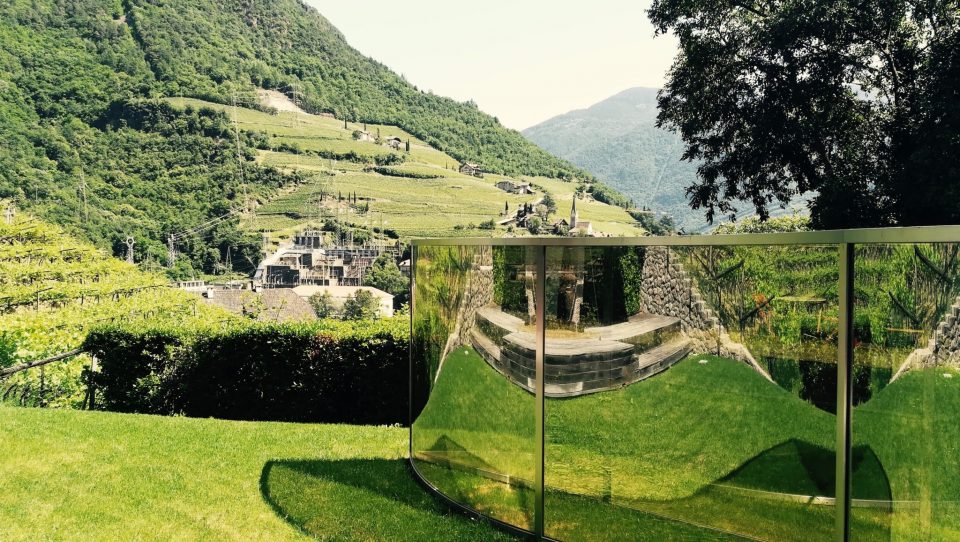
Ph: Davide Valentini
Contemporary art can be found also in remote places such as on a hill in the small town of Bolzano, Italy. Here lies the Antonio Dalle Nogare Foundation, a place of discovery and innovation located in an impressive architecture, which becomes a work of art in itself. The architects are Walter Angonese and Andrea Marastoni, who wanted to create a space that coexisted with the natural landscape around it. This is evident in the choice of the materials, predominantly porphyry which is directly extracted from the mountain and transformed into concrete. It is a fine example of human modification of the natural landscape which respects and is inspired by nature itself.

The Antonio Dalle Nogare Foundation
Ph: Belen De Bacco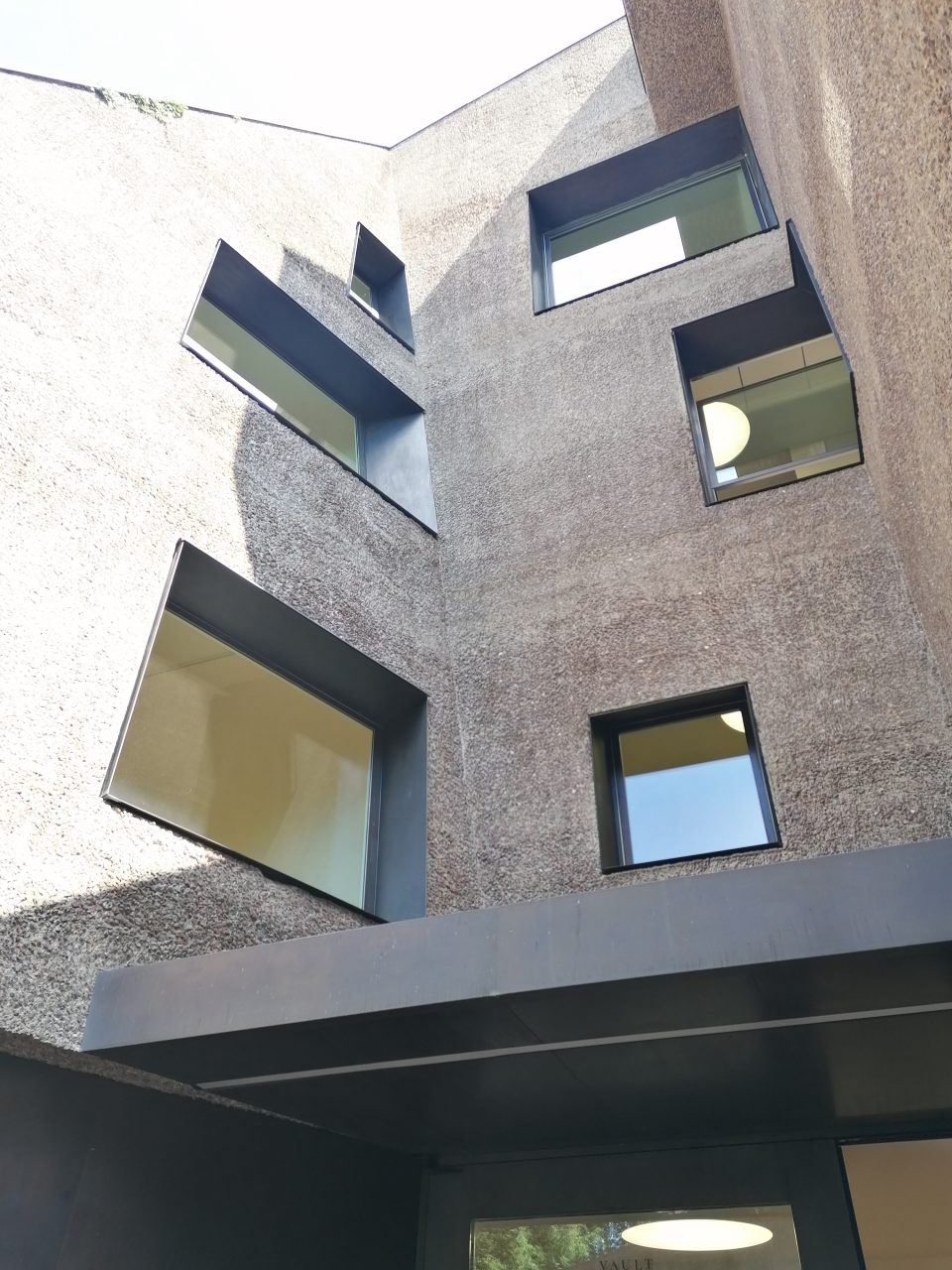
The Antonio Dalle Nogare Foundation
Ph: Belen De Bacco
The aim of this collection is to widen the audience of contemporary art and reach the younger generations. Art is not static nor straightforward, it rather becomes a dialogue between the artwork and the viewer, developing a dynamism which sparks new interpretations and visions, without imposing any limit to our imagination. The emphasis on younger generations is not only defined by the visitors but also by new artists. In fact, Antonio Dalle Nogare Foundation gives the opportunity to young artists to take full control of the biggest room of the museum while using it as a production and exhibition space for new works after a confrontation with the local reality.
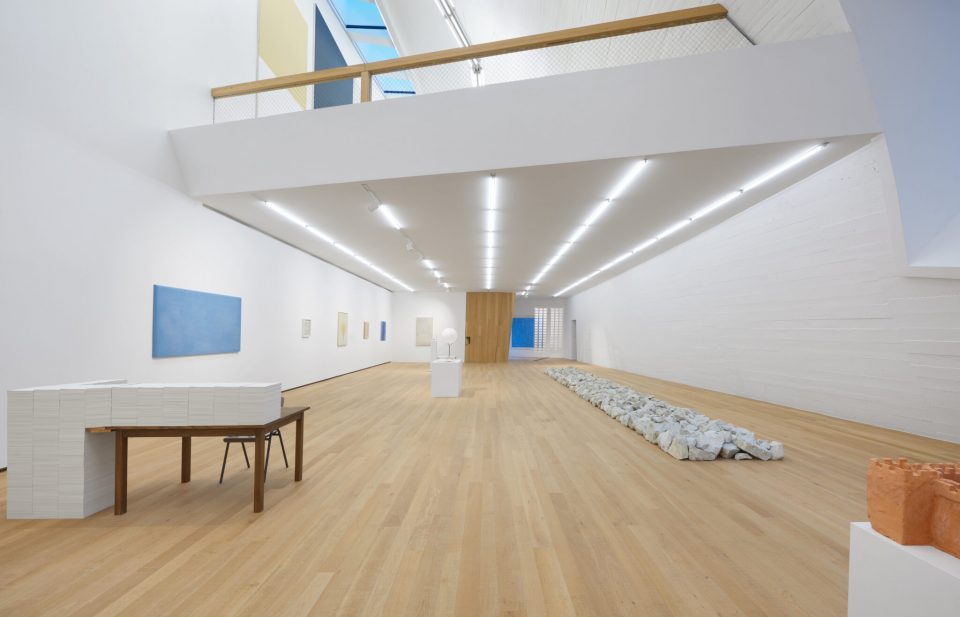
Ph: Jürgen Eheim
It is striking how diverse is the collection of artworks exhibited at the Foundation, varying from local to international artists such as Andy Warhol, from new artworks to famous pieces such as Piero Manzoni’s Artist’s Shit.
Robert Barry was one of the artists who created a site-specific artwork titled “Beyond, Instead, Possible…” in 2012 at the Antonio Dalle Nogare Foundation. It consists of the design of the library’s windows on which words of different colours are placed on the glass. The selection of the words is made on the basis of the specific location, context or situation the work has been created for. This is part of the artist’s Word List installations, which attempts to promote the freedom of word association and pushes the viewer to reinterpret these words and come up with a new meaning, renewing the context in which they are used and evoking a sense of active art contemplation. It is interesting also to notice how the natural environment that surrounds the building affects Barry’s artwork itself. The dynamism and alteration of the piece derive from the change of the light according to the time of the day. Hence, nature becomes both the inspiration and the factor detaining the power to continually alter the work created by humans.
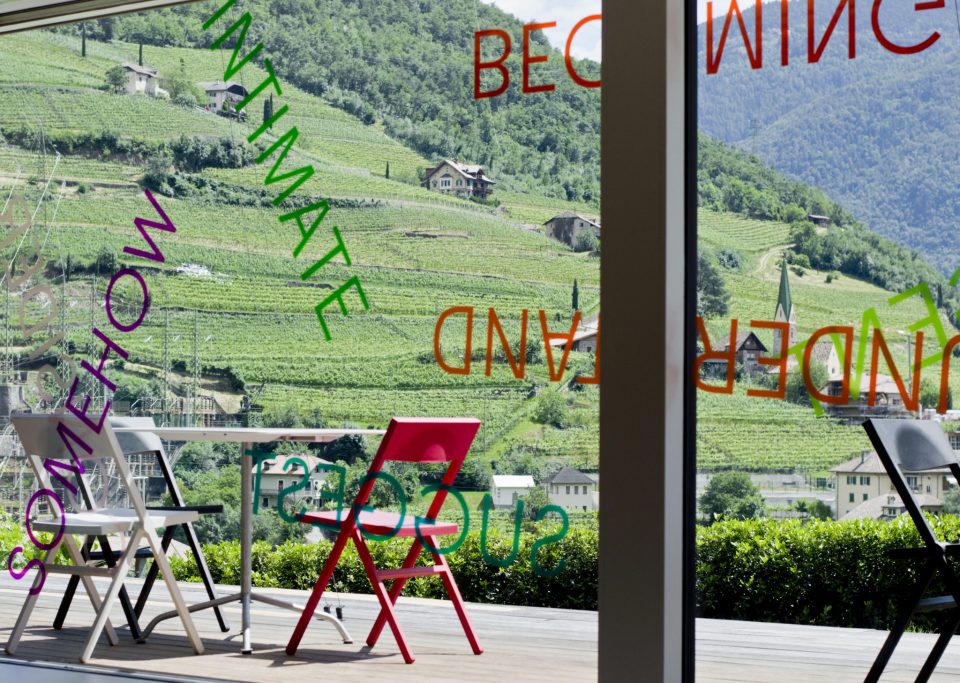
Ph: Antonio Dalle Nogare Foundation
Barry once stated in an interview in 1969 (conducted by Ursula Meyer) that “[my] idea is to work with the space in which the art occurs. I did not want to control space variables, I wanted to incorporate them in my art. And I did not want to impose myself on my material or on the space. I was trying to get away from some sort of style.” When asked about his opinion on Anti-Art, he said “I think the most beautiful thing about modern art is that it has built into its own potential the capacity for destroying itself. Nothing keeps renewing itself the way art does. The fundamental beliefs in art are constantly threatened and as a result it is constantly changing; and so art and Anti-Art are really the same thing. There isn’t any real difference between them, I guess it is the great fantasy of modern artists to be able to make their art – without having to make art.”
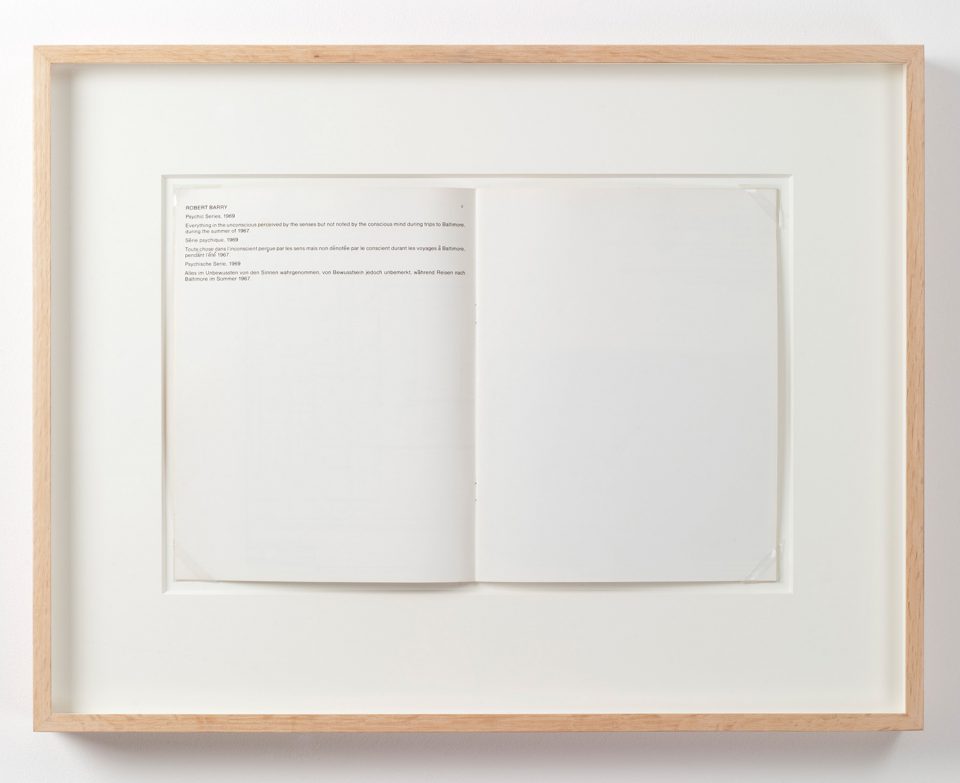
Ph: Antonio Dalle Nogare Foundation
Robert Barry is an American artist who started creating conceptual artworks in the 1960s. His main interests include transcending the physical limitations of both space and material by including invisible media such as inert gases, radio waves and language in order to question what the art object is. Barry is not interested in the physical aspect of the artwork but rather explores the social impact it can have. With conceptual art, the concept of the artwork becomes more important than the production of the artwork itself, which is the opposite process of what happened in previous art movements such as the Renaissance, where the theme and idea of the subject included in the painting could be the same but the focus was on the result of the canvas. Barry’s works have been shown in a variety of international events including the 1971 Paris Biennale, the 1972 Documenta in Kassel and the Venice Biennale in the same year. His works are exhibited in different museums including the Solomon R. Guggenheim Museum in New York, the Musée d’Orsay and the Centre Georges Pompidou in Paris among many others.
Discover more on the Antonio Dalle Nogare Foundation here: http://fondazioneantoniodallenogare.com/